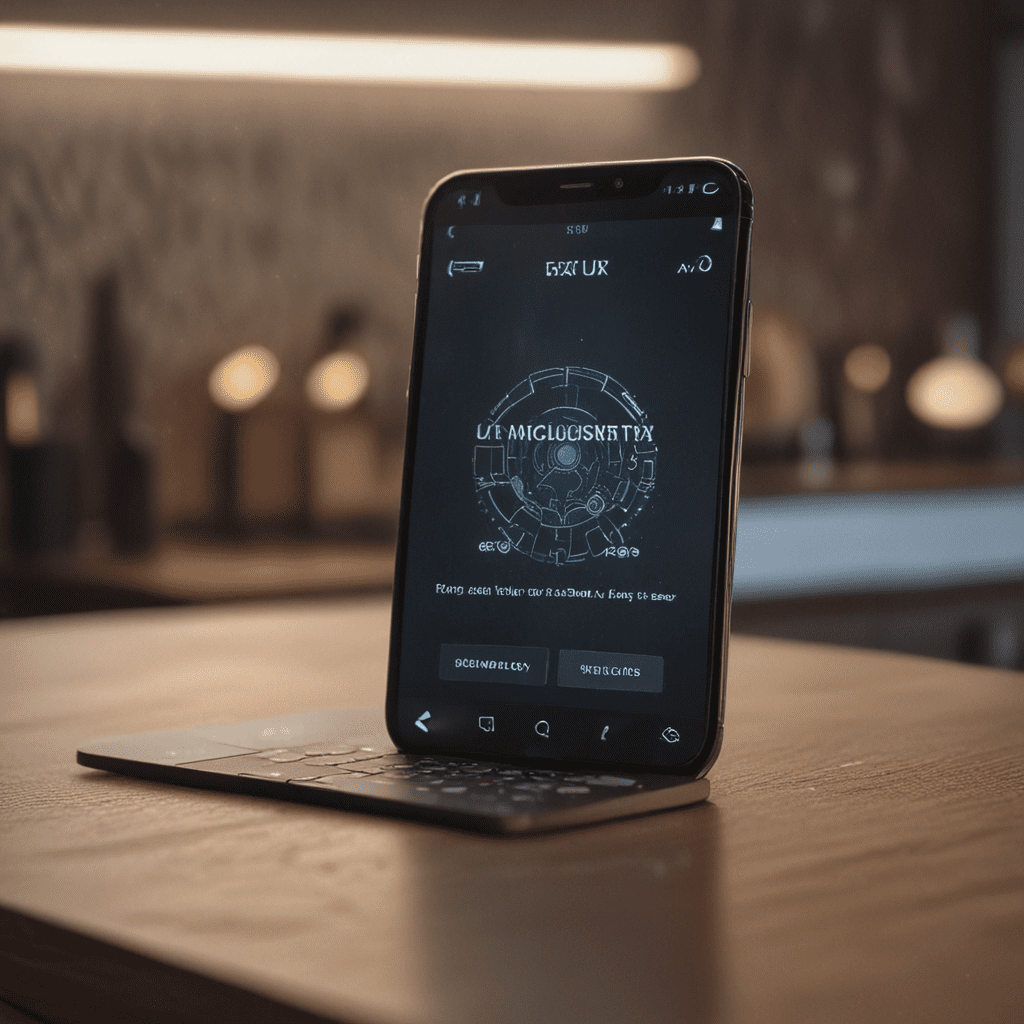
1. Introduction to Inclusive UX
In today’s digital landscape, where technology permeates nearly every aspect of our lives, it’s imperative that user experience (UX) design prioritizes inclusivity. Inclusive UX ensures that all users, regardless of their abilities, disabilities, or circumstances, can access and interact with digital products and services effectively and independently. By embracing inclusivity, UX designers create products that are not only accessible to the widest possible audience but also enhance the user experience for everyone.
2. Understanding Diversity and Accessibility
Diversity encompasses the broad spectrum of human differences, including but not limited to, age, race, gender, ability, sexual orientation, language, and culture. Accessibility refers to the practice of designing products and services that are usable by people with disabilities. By understanding the diverse needs and perspectives of users, UX designers can create inclusive experiences that cater to a wide range of abilities, preferences, and situations.
3. Principles of Inclusive Design
Inclusive design is guided by a set of principles that emphasize usability, flexibility, and adaptability. These principles include:
– **Equitable Use:** All users, regardless of their abilities, should be able to use the product or service effectively and independently.
– **Flexibility in Use:** The product or service should accommodate different user preferences and situations, such as different input methods or assistive technologies.
– **Simple and Intuitive:** The product or service should be easy to understand and navigate for users with diverse cognitive abilities and backgrounds.
– **Perceptible Information:** Users should be able to perceive and understand the information presented in the product or service, regardless of their sensory abilities.
4. Sensory Considerations
Sensory considerations are crucial for inclusive UX design. Designers must ensure that users with visual, auditory, or cognitive impairments can access and interact with the product or service. This includes providing alternative text for images, closed captioning for videos, and transcripts for audio content.
5. Cognitive Accessibility
Cognitive accessibility focuses on ensuring that users with cognitive disabilities, such as memory impairments, attention deficit disorder, or dyslexia, can understand and navigate the product or service effectively. Designers should use clear and concise language, avoid jargon or technical terms, and provide visual cues to support understanding.
6. Language and Cultural Sensitivity
Language and cultural sensitivity are paramount in inclusive UX design. Designers must consider the diversity of languages, cultural norms, and writing styles to ensure that users from different backgrounds can easily understand and engage with the product or service. This includes providing translations, localizing content, and avoiding culturally insensitive language or imagery.
7. Assistive Technologies
Assistive technologies are devices or software that help users with disabilities access and interact with digital products and services. UX designers should ensure that their products are compatible with assistive technologies, such as screen readers, magnifiers, and voice commands. By supporting assistive technologies, designers empower users with disabilities to use their products independently.
8. Usability Testing with Diverse Users
Usability testing is a crucial step in ensuring that a product or service is inclusive. UX designers should conduct usability tests with users from diverse backgrounds, abilities, and disabilities. This allows them to identify and address any barriers or challenges that users may encounter. By involving diverse users in the design process, designers can create more inclusive and user-friendly experiences.
9. Inclusivity as an Ongoing Process
Inclusivity is an ongoing process that requires continuous effort and improvement. As technology evolves and society becomes more diverse, UX designers must stay up-to-date on best practices and emerging trends. By regularly reviewing and updating their products for accessibility, designers can ensure that they continue to meet the needs of all users.
10. Best Practices for Designing for Inclusivity
To create truly inclusive UX designs, consider the following best practices:
- Use a consistent and accessible design system
- Provide clear and concise instructions
- Support multiple input methods
- Use high-contrast colors and fonts
- Avoid flickering or flashing elements
- Test your designs with assistive technologies
- Involve users with disabilities in the design process
By following these best practices and embracing the principles of inclusive design, UX designers can create products and services that are accessible, usable, and enjoyable for all users, regardless of their abilities or circumstances.
FAQs
Q: What are the benefits of inclusive UX design?
A: Inclusive UX design benefits all users by creating more accessible, usable, and enjoyable experiences. It also helps businesses reach a wider audience, improve brand reputation, and comply with accessibility regulations.
Q: How can I learn more about inclusive UX design?
A: There are many resources available to learn more about inclusive UX design, including online courses, workshops, and books. You can also connect with accessibility experts and join online communities to stay up-to-date on best practices and emerging trends.
Q: Is inclusive UX design difficult?
A: While inclusive UX design requires careful consideration and attention to detail, it is not inherently difficult. By following best practices and involving users with disabilities in the design process, UX designers can create inclusive experiences that benefit all users.
